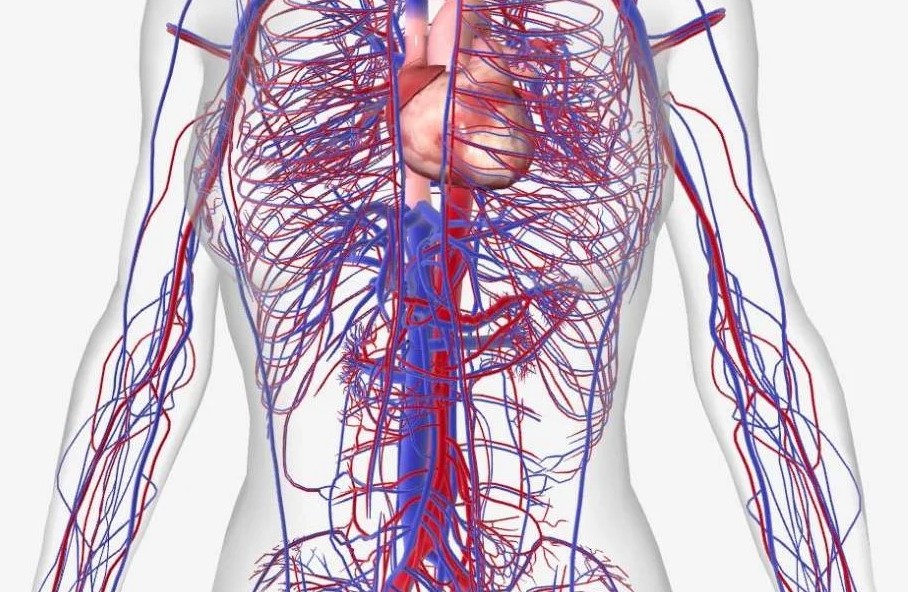A network of blood vessels makes up the circulatory system. The heart pumps blood around the body as its main organ. Red blood cells transport oxygen through these vessels. As well as transporting nutrients and hormones, the blood also carries oxygen.
Top 20 Fun Facts
- The lack of a nucleus in red blood cells allows them to carry more oxygen throughout the body.
- Mollusks and lobsters, for example, have blue blood rather than red blood.
- Most animals and humans have different shades of red blood cells. Oxygen is needed by the darker cells, so they are going to the heart and lungs to get more.
- In the cornea, there are no blood vessels. Tears nourish corneal cells instead of blood vessels, which would obstruct your vision.
- It is a system of blood vessels that prevents harmful microbes from entering the brain, but allows certain molecules, including water, to pass through.
- The size of blood vessels is determined by the weather outside the body. The vessels constrict in colder weather to retain heat, while they expand in warmer weather to release heat.
- It is beneficial to your cardiovascular health to consume small amounts of dark chocolate since it contains flavonoids that are antioxidants.
- It’s true that laughter is the best medicine. As a result, endorphins are released in the body, stress is reduced, and blood circulation is increased.
- There are several types of muscle tissue, such as skeletal, smooth, and cardiac muscles, but only smooth muscle can be found within blood vessels.
- Red blood cells have a diameter of approximately 8 microns and are highly flexible. As oxygen is transported to body tissues by them, they travel in single file through capillaries.
- In general, larger animals have a slower heart rate than smaller animals. Yorkshire terriers, for example, have a faster heart rate than Great Danes.
- The heart rate of women tends to be faster than that of men. As a result, they tend to be smaller than men.
- It is possible for your heart to beat outside of the body for several minutes before it runs out of energy. The reason for this is that it produces its own electrical signals.
- During a lifetime, the human heart beats 2.5 billion times. There will be an average of 70 to 80 beats per minute.
- During rest, blood is pumped from the heart to the lungs in approximately 6 seconds.
- Valve closures between the chambers of the heart cause the thumping sounds associated with heartbeats.
- The number of red blood cells in a single droplet of blood is approximately five million.
- Blood vessels, such as arteries, capillaries, and veins, would extend over 60,000 miles if stretched end-to-end.
- It takes approximately 120 days for red blood cells to die. As a result, the bone marrow is constantly replacing them.
- In ancient Egypt, the heart was considered the center of the body, rather than the brain. After death, the heart was carefully preserved, while the brain was discarded.

